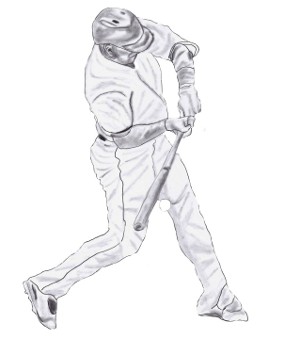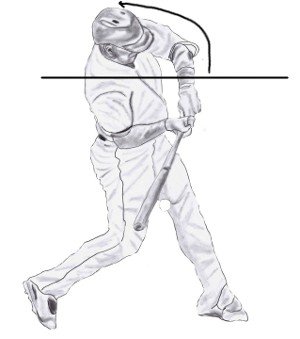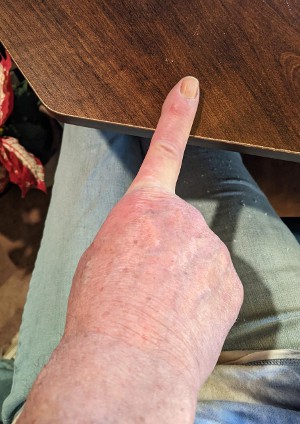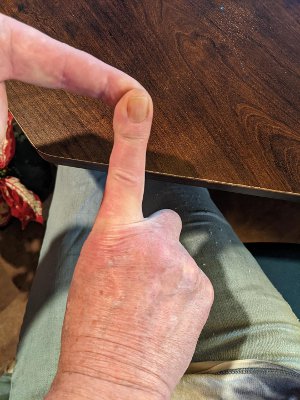Falsehoods Of Hitting 1
There is nothing I’d rather do than hit a baseball. When I was a kid, my Dad was the pitcher and I was the hitter.He would throw the baseball to me and tell me to keep my eye on the ball. I always wondered, even as a little kid, why he didn’t tell me to keep both eyes on the ball. He told me to keep my “eye” on the ball. My Dad didn’t know, or realize, that he should have told me which eye to keep on the ball.
Anyway, I’d like to talk about something that has bothered me as a baseball player, specifically a hitter, for a long time. And that is some of the things that we were taught about hitting as kids and even older players, that I now realize are completely false.
As a former minor league player, even some things that I was taught about hitting, I now believe are wrong. And I hope to prove it.
This is the first article in this series. Check back here every week for another Falsehood Of Hitting.
Don't Drop Your Back Shoulder:A few years ago I helped coach a thirteen and fourteen year old youth team. During batting practice one of the other coaches told one of our kids to stop dropping his back shoulder. The result was a rather awkward, choppy swing. This is a sketch I did of who I consider the best hitter in baseball today. Mike Trout. Look at his shoulders as he makes contact. Pretty obvious to me that he IS dropping his back shoulder as he swings. What causes this? The horizontal line represents level shoulders as a starting point in the stance. In order to keep your back shoulder from dropping, the hitter would have to open, or rotate, his front shoulder in the direction of the third base coach (Arrow) (First base coach for a left handed hitter). This causes the arms and bat to cast out over the plate during the swing, which will cause the top hand to “roll over” too soon. The resulting hit would most likely be a ground ball to the hitter’s pull side. Short stop or third base for this right hander. Here’s what should happen during a good swing. As the hips begin to open toward the pitcher, the front shoulder does not rotate toward the base coach. The front shoulder moves up and back. This causes tilt in your shoulders and obviously makes your rear shoulder lower than your front shoulder. This accomplishes several things you must do to be a good hitter. First, this up and back movement allows your hands to stay inside the flight path of the baseball which is an absolute must! It also makes it much easier to have the palm up palm down at contact. At contact your top hand must be palm up, bottom hand palm down. This shoulder movement will also keep your head down, on the ball. When you rotate your front shoulder toward the base coach, your head will follow. I have heard coaches tell hitters a million times to stop pulling their head out. But if you don’t tell a hitter how to stop, they probably won’t. This is how to do it. There’s another thing this shoulder movement will produce. It will give you that rear “tilt” at contact that every great hitter has. As your bottom half is moving forward, your top half is actually moving backward. This creates torque. Like shooting a rubber band. “Pulling" in two different directions at the same time. This also creates incredible bat speed. Try this test. Extend the index finger on your right hand. Now tap it as hard as you can against a table top. Now do it again, but this time, pull back on your right index finger with your opposite hand while moving your right hand forward. Now let your right index finger snap against the table again. There’s much more force. It’s the same with hitting. Your upper and lower muscles stretching in opposite directions creates a rubber band like swing. It puts a lot more “snap” in your swing. This is a result of your front shoulder moving up and back during your swing.




All Rights Reserved.